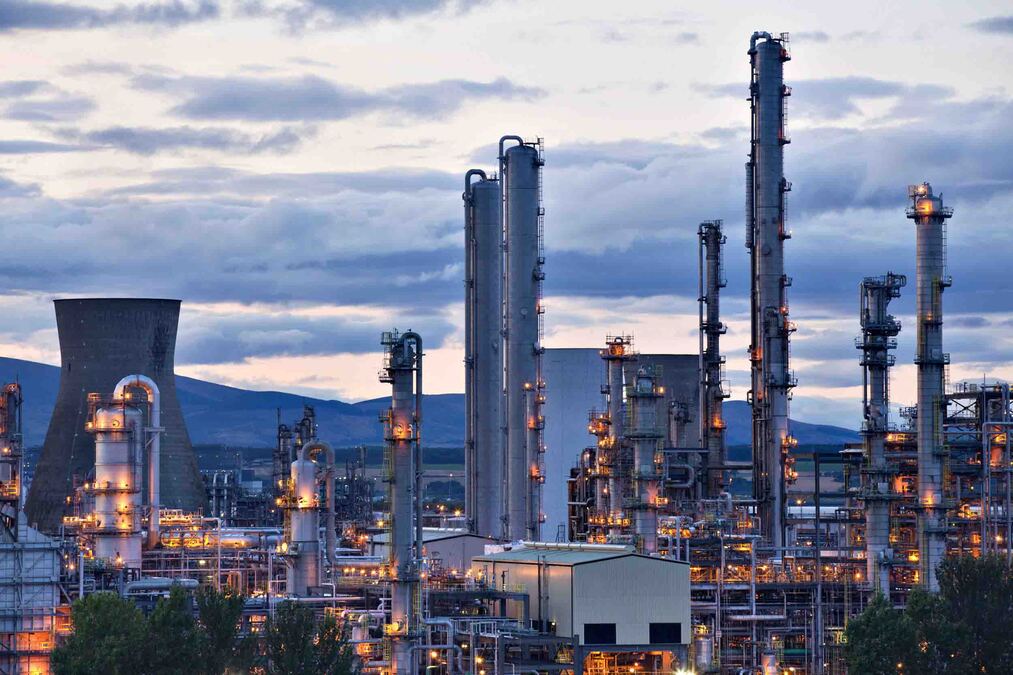Published:

A consortium has kicked off a project to develop a digital twin for industrial clusters.
The collaborative Engineering and Physical Sciences Research Council’s Prosperity Partnership project, entitled ENSIGN ‘Energy System Digital Twin’, is led by Scottish Power Energy Networks (SPEN) and includes Heriot-Watt University, University of Strathclyde, the University of St Andrews and the University of Glasgow.
The project will support the UK’s ambition to meet its 2050 net zero emissions target.
Professor John Andresen, Associate Director of RCCS at Heriot-Watt University, who works on several projects belonging to the Industrial Decarbonisation Research and Innovation Centre (IDRIC), will lead the research on the affordable integration of net zero energy vectors, such as hydrogen, for industrial clusters.
He commented: “We are bringing business and academia together to co-create and co-deliver research and innovation for affordable and deep decarbonisation within industrial clusters and beyond. This cutting-edge integration of digital twin and wider AI technologies is key to addressing industry-driven challenges and deliver economic and societal impact for sustainability and prosperity to flourish together.”
Digital twins are virtual representations of physical systems and environments which enable scenarios to be modelled, tested and analysed before applying them in the real world. They will play a key role in designing and operating future decarbonised energy systems, especially for industrial clusters.
Digital twins’ holistic virtual methodology mirrors IDRIC’s successful whole system approach and co-creation of solutions. IDRIC has been accelerating innovation and research over the past two years since its launch, using this whole system approach.
The project will create more than 20 new, highly skilled academic research jobs and PhD positions. It will deliver new knowledge and understanding of future energy systems, and will integrate real-time modelling, artificial intelligence, and machine learning to help introduce and progress the application of digital twins closer to ‘business as usual’.